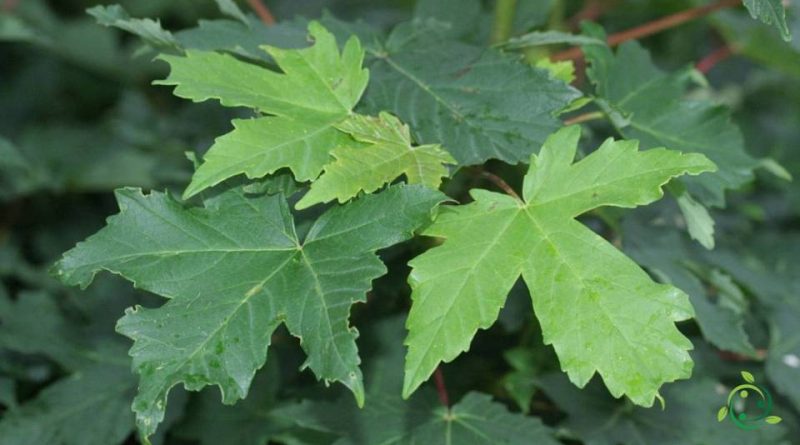Reproduction of Silver Maple
Reproduction of Silver Maple
The silver maple (Acer saccharinum L.) is a plant of the Sapindaceae family native to the north-eastern regions of America.
Suitable breeding habitat –
The Silver Maple is an arboreal species native to the north-eastern regions of the North American continent; in an area between the United States of America and Canada.
It is present in an area ranging from New Brunswick to Florida, west of Nebraska, Kansas and Oklahoma.
Its habitat is that of the banks of rivers, generally on sandy soils, where trees are occasionally found in deep swamps, often submerged.
In these areas the plant is able to tolerate temperatures down to about -35 ° C in the period of winter dormancy.
Propagation –
Acer saccharinum is a very cold resistant plant, able to tolerate temperatures, in the winter period, up to about -35 ° C.
It is an easy to cultivate plant that prefers a good moist and well drained soil even if it grows in a large type of soil, including the most arid ones such as chalky ones. However, alkaline soils are to be avoided due to the possible chlorosis that is generated.
The plant should be planted in a moderately sunny position; it tolerates air pollution and is quite wind resistant.
Propagation occurs by seed.
Sowing should be done as soon as the seed ripens, in spring, in an unheated seedbed.
This usually germinates early and in late summer has formed a sapling with several pairs of leaves.
The stored semen quickly loses its vitality. It is also advisable to immerse the stored seed for 24 hours and then stratify it for 2 – 4 months at 1 – 8 ° C. It can be slow to germinate.
As soon as the seedlings are formed, they should be placed in single pots, where they will be grown up to about 20 cm before transplanting them in the open field.
Propagation can also take place through cuttings. These should be taken from young shoots in early summer. The cuttings should have 2 – 3 pairs of leaves, plus a couple of buds at the base. It is recommended to remove a very thin portion of bark at the base of the cut, rooting is improved if a rooting hormone is used. Rooted cuttings must sprout during the summer before being potted otherwise they are unlikely to survive the winter.
Ecology –
The Silver Maple is a native tree of North America, deciduous, of medium size. The height ranges from 90 to 120 feet. It is a typical plant of swamps and humid soils or of the banks of rivers and the edges of lakes.
This plant plays an important ecological role in the area where it grows as many animals feed on it especially during the most critical periods of the year.
Among them the wild turkey, the white quail, the finches, the squirrels, the oriental squirrel, the wood ducks that eat its seeds. The white-tailed deer and the eastern cottontail eat the leaves and stems. Beavers eat and chew the bark and squirrels eat the shoots. Many birds find refuge or settle on this plant. These include red-winged blackbirds, grackles, European starlings and ox-headed cowbirds. Furthermore, Acer saccharinum is used for its soft wood to stabilize the banks of rivers. Its wood is used to make furniture, cabinets, veneer, pulp, boxes and crates. It can be used in flooring, paper making, and can be used for firewood.
Acer saccharinum can be processed into lumber which is sold to make a light syrup that contributes to the large syrup industry of the northeastern states.
Furthermore, this plant has such a high growth rate that it is being considered to use it as a biofuel. Furthermore, with its rapid growth, shape and ability to adapt to a variety of environments it is a very versatile plant in urban areas such as parks, roadsides and gardens.

